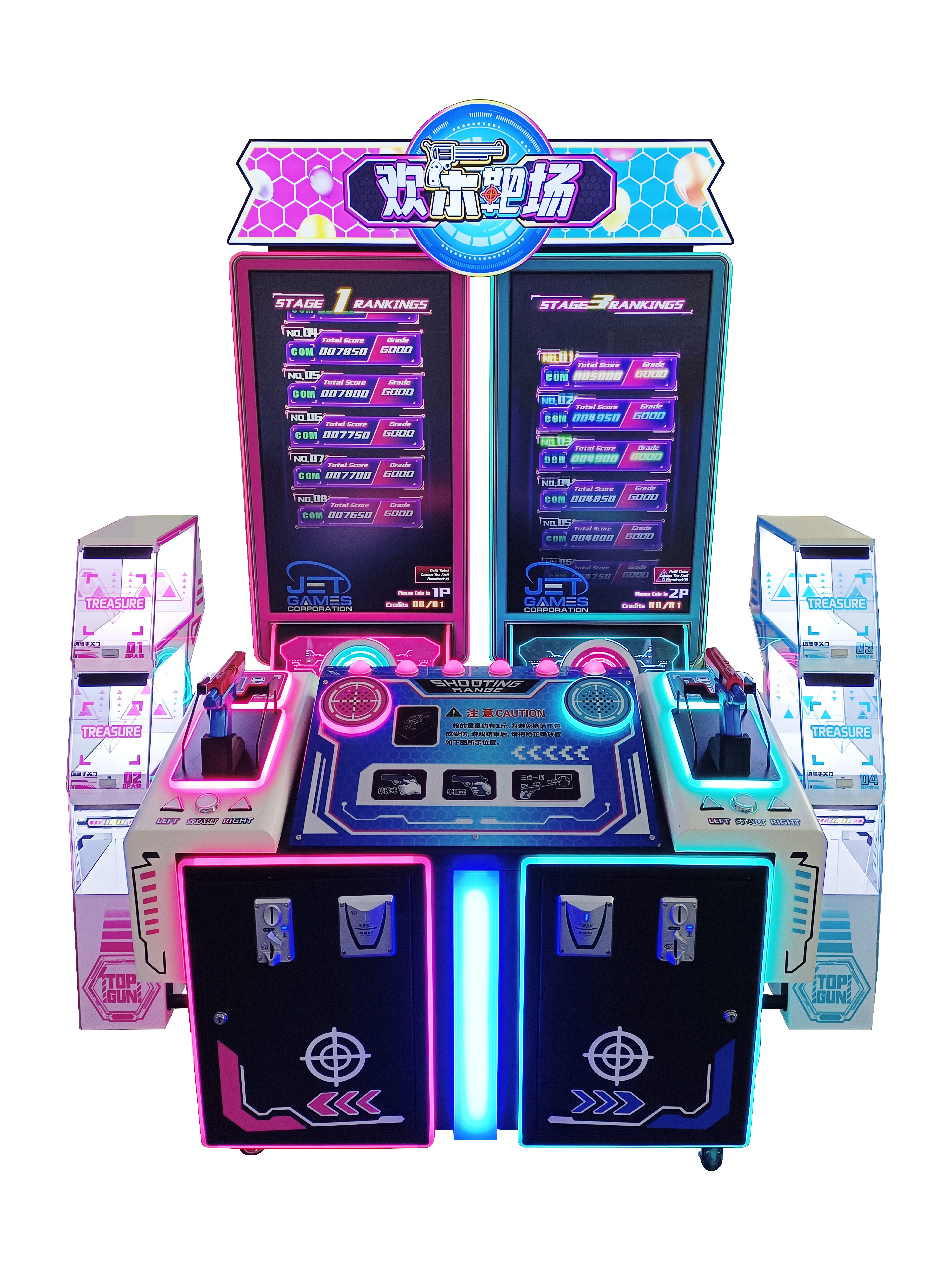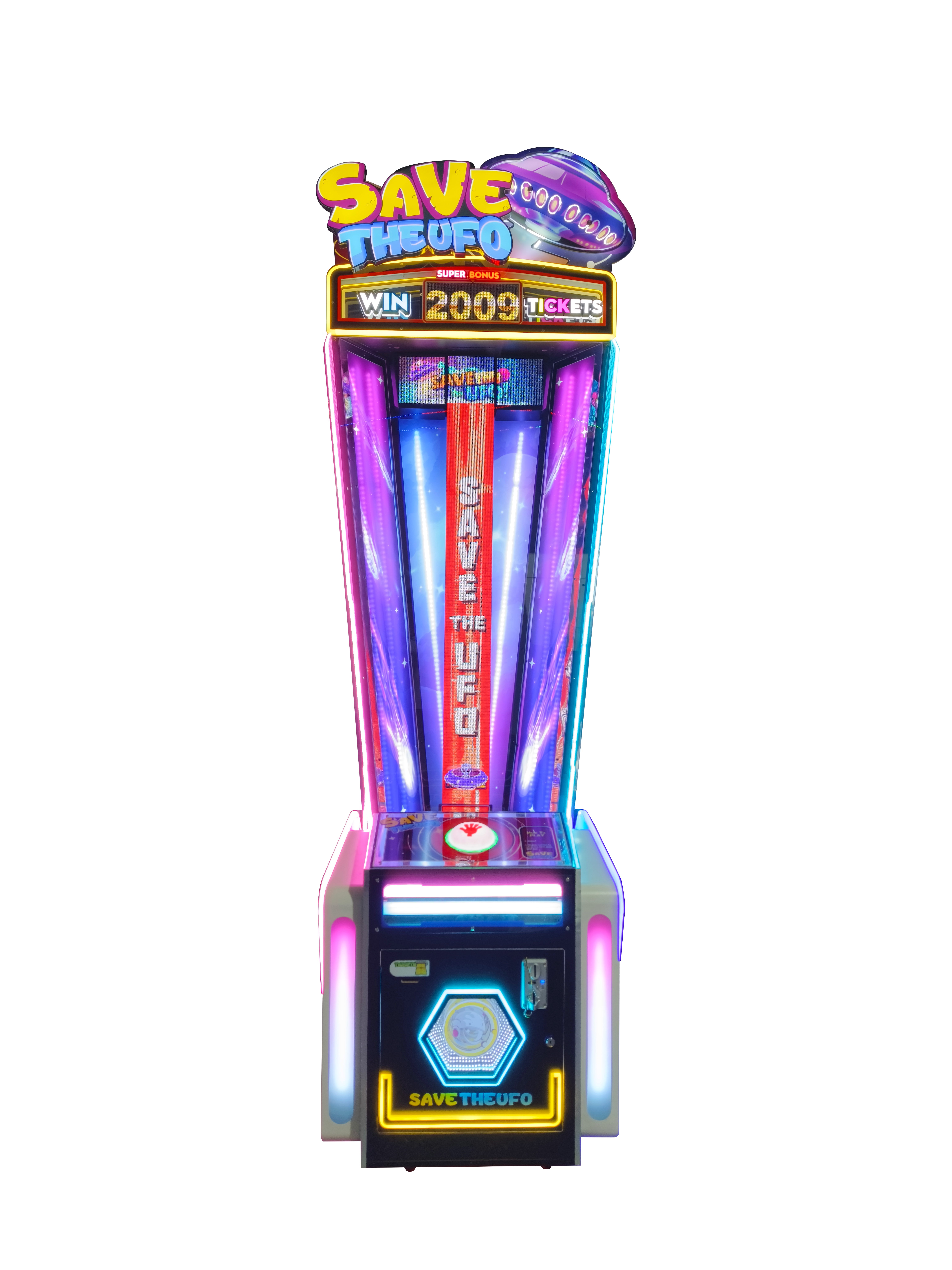Operating an arcade business successfully involves regular machine maintenance, refreshing game selections, appreciation of player feedback, strategic placement of machines, efficiency in payment systems, and catering to a variation in players’ skills. The opportunities for promotion and events, like tournaments, also help increase player activity and loyalty.
Table of Contents
ToggleGame Maintenance
Maintenance is the key to successful arcade operation. Aside from being merely inconvenient, poor maintenance translates into frequent breakdowns that dent the player experience and might just drive customers away. Being put under high-intensity use, especially during peak hours, arcade machines will show signs of hardware wear and tear due to excessive use. Studies have shown that machines without regular servicing have a failure rate of up to 35% compared to regularly serviced ones.
Daily maintenance alone should not just include cleaning of dust and dirt but should also extend to checking the internal wiring, power supply, displays, and controllers. For example, screen and button wear is very common. In the case of mechanical games, wear of the internal mechanical parts is a very common object of maintenance. If a machine lags, has a blurry screen, or unresponsive buttons, then that really reduces the experience of the player. For this reason, it is advisable that equipment checks be done on a weekly basis, particularly those with high usage.
Detailed maintenance plans for business operators. The maintenance work includes, but is not limited to general cleaning of equipment, partial replacement, and routine checks on the entire machine. Professional maintenance tools and trained technicians also guarantee a job well done. Management software can track the repair history, operating time, and number of failures of every machine to enable the work targeting. Regular retirement of the old apparatus can reduce the frequency of maintenance to a minimum and give the players a better experience.

Updating Game Selection
This is a fast-moving industry, especially considering developments in today’s technology. Once the games an arcade offers are outdated, players lose interest. Over 60% wanted new and innovative games within arcades, according to the market research conducted. Variety and refreshments of games offered are thus crucial to a successful business.
Choosing the right games for updates has to consider both the cost and market demand and player feedback. For instance, there are more and more competitive and cooperative games which gain huge popularity these days, while purely single-player games are gradually giving way. Give priority to choosing new releases that have multiplayer activity and social features to make them more appealing to players. Invest in VR/AR Games: Another progressive solution worth your consideration would be investing in VR/AR games, considering that these technologies are also finding an increasingly wide application.
The frequency of the rotation of game offerings is another factor to be considered. Generally speaking, refreshing a few games every quarter or half a year saves the operation costs compared to frequent change while maintaining freshness. Events like new game release events or limited-time gaming experience can be held to further increase players’ anticipation for more. By partnering with renowned game developers, it may attain rights to the premiere of new games and bring more publicity and flow to your arcade facility.
Player Feedback
Actually, the lethal mistake for any arcade is to neglect player feedback. It is players who know their needs best. When they feel that one or another game experience just didn’t meet their expectations, or they are dissatisfied with the service quality level, they leave. 80% of players will not return after a negative experience; moreover, some of them will spread negative word-of-mouth on social networks, which is even more destructive for your reputation. Therefore, in this regard, collection and analysis of the players’ feedback are very essential in a timely manner; thereafter, targeted improvements should be made.
Feedback could be collected from a variety of sources, such as online feedback forms, social media comment channels, and even physical suggestion boxes placed around the arcade. Request from the players comments on game selection, service attitude, and facility environment. Analyze responses regularly for trends concerning what needed attention. If some particular issues keep popping up, you can respond to those with announcements or via social media to show that players’ opinions are indeed taken seriously.
It can be done by establishing a VIP membership system and conducting in-depth interviews with loyal customers in order to understand their true game experiences and what improvements they would like to see. Incentives, such as small gifts or discounts on games, shall be given to encourage them to give feedback. Be sure to make the improvements that the players suggested and immediately communicate those changes to the players so they would know their feedback has been adopted in order to enhance their satisfaction and loyalty.
Responding promptly to negative feedback, especially online, can help. A positive attitude and problem-solving approach can minimize the impact of negative reviews.

Machine Placement
The placing of arcade machines will affect the players’ comfortability when playing. If the machines are not well spaced, players may feel uncomfortable while playing; this is especially true in multiplayer games. Placing very well-liked arcade games in obscure corners will negatively affect their usage. Industry reports indicate that 70% of arcade revenue is concentrated around the area near entrances or along main paths, where well-liked games are put up. Therefore, placing machines strategically is very important for increased earnings.
Machine placement considering player flow, Put eye-catching variety machines near the front so as to attract people passing by. Put the latest or most interactive machines on the main pathways or highly visible places to spend more time playing with the players. If this game is teamwork, make sure there is enough space around those machines.
Place thematic-area machines. Placing shooting games in the same section creates a theme zone, which enhances interaction. Children’s games need to be placed in quiet and comfortable areas for safe and pleasant experiences of both parents and children. Besides, designing rest areas and spectator zones allows waiting players to wait comfortably.
It is also a good idea to have a rotation schedule for the machines. Moving the most popular machines around every so often will make sure all of your devices get a good amount of time in the field and are used as much as possible. You can use data analysis to monitor the usage frequency of various types of machines and try placing them in specific places to maximize revenue.
Payment Systems
Convenience in terms of the payment system directly affects the player’s willingness to spend. If it is too complicated or machines often malfunction, that can drive players to feel impatient, which plays a huge role in their desire to spend or not to spend on gaming. More than 60% of players want arcades to additionally offer several methods of paying for gaming, which is gaining momentum through mobile payments.
Traditional systems of tokens are widely applied, although this may bring along problems with malfunction of machines or inconvenient exchanging. Modern cashless payment systems, such as the swiping of cards or mobile pay**, would be advisable if one is desirous of efficiency. Cashless payments no doubt ease the process of the making of payments by players; yet it also makes recharge and consumption data tracking more manageably possible, which allows for personalization of services.
A good payment system should be varied and secure. In addition to basic card swiping and scanning options, consider the introduction of systems like membership card systems or points redemption systems that could encourage long-term spending. Besides, regular checking of the payment equipment will enable them to work properly during peak hours. Most of all, payment information security is highly important to avoid leakage of player information or risks related to the security of the payment.
Moreover, integration with marketing strategies could further raise revenue; for instance, recharge bonuses, discount coupons, or game card discounts for encouraging players to top-up, and on festivals or special events, payment discounts could also be a good approach to boost consumption.
Player Skill Levels
An excellent arcade should provide games for players at every level of skill. If all the games in an arcade are particularly challenging, it may turn off casual players; if they are too easy, advanced players will be bored. 44% of players said they would stop visiting an arcade if the game’s difficulty does not suit them.
Counterbalance the difficulty by offering a variety of simple, medium, and hard games. Traditional games, like Whac-A-Mole or racing games, are more easy and accessible to families and beginners, while competitive ones like fighting or strategy games attract skilled players. Various difficulties not only meet different needs but also facilitate communications among families and friends.
Some games provide levels of difficulty where players can choose levels appropriate for them. Introduce competitive games and hold tournaments regularly for higher challenge levels and more high-profile players. Tournaments help to raise the visibility of an arcade**, but at the same time, this will be able to create players who are loyal with prizes such as cash, free playing time, or discounted membership.
It should also consider varied player types. Create beginner zones with easy-to-follow instructions so that new players can be hooked up with games in as little time as possible. Hosting beginner tutorials or game tips sessions is another means of stimulating participation and interest among novice players.
Promoting Events and Offers
Arcades need to be successful with effective promotional activities. Seventy-five percent of the players agreed that they would visit an arcade again if there were some interesting event or promotion on offer. So, promotions and tournaments organized regularly could ensure greater participation by players and increased revenues.
Especially effective will be the recharge bonus promotions. For example, “Spend $100, get $20 free” or double points during certain time periods could successfully induce players to recharge, especially on weekends or holidays. Promotion combined with membership systems can offer exclusive discount or gifts for loyal players, which enhances player retention.
Events and tournaments on offer also account for traffic to your center. Such games, which are competitive in nature, will find great suitability for tournament formats. Offer prizes such as cash, free game time, or discounts to incentivize participation. Tournaments not only boost player engagement but word-of-mouth promotion through social media and online communities.
Your marketing needs to be integrated with the use of social media and a mix of both online and offline techniques. This way, the target audience can be engaged in no time by posting sneak previews of events on the social networks or through collaborations with local media. Let the updates of new events and promotions be displayed through digital screens or posters in front of the players inside the game zone; hence, each customer will be informed about what’s new at your arcade.








